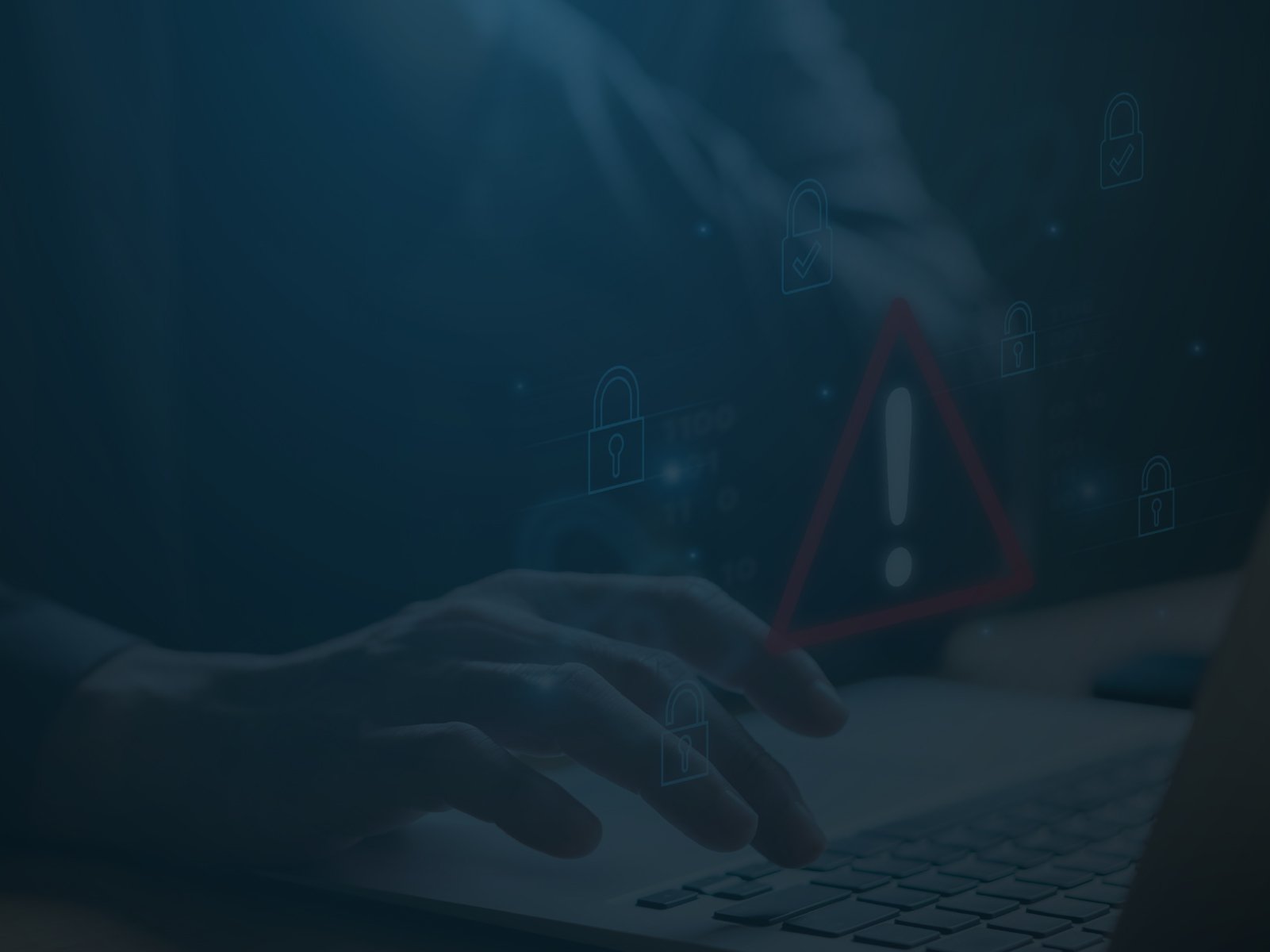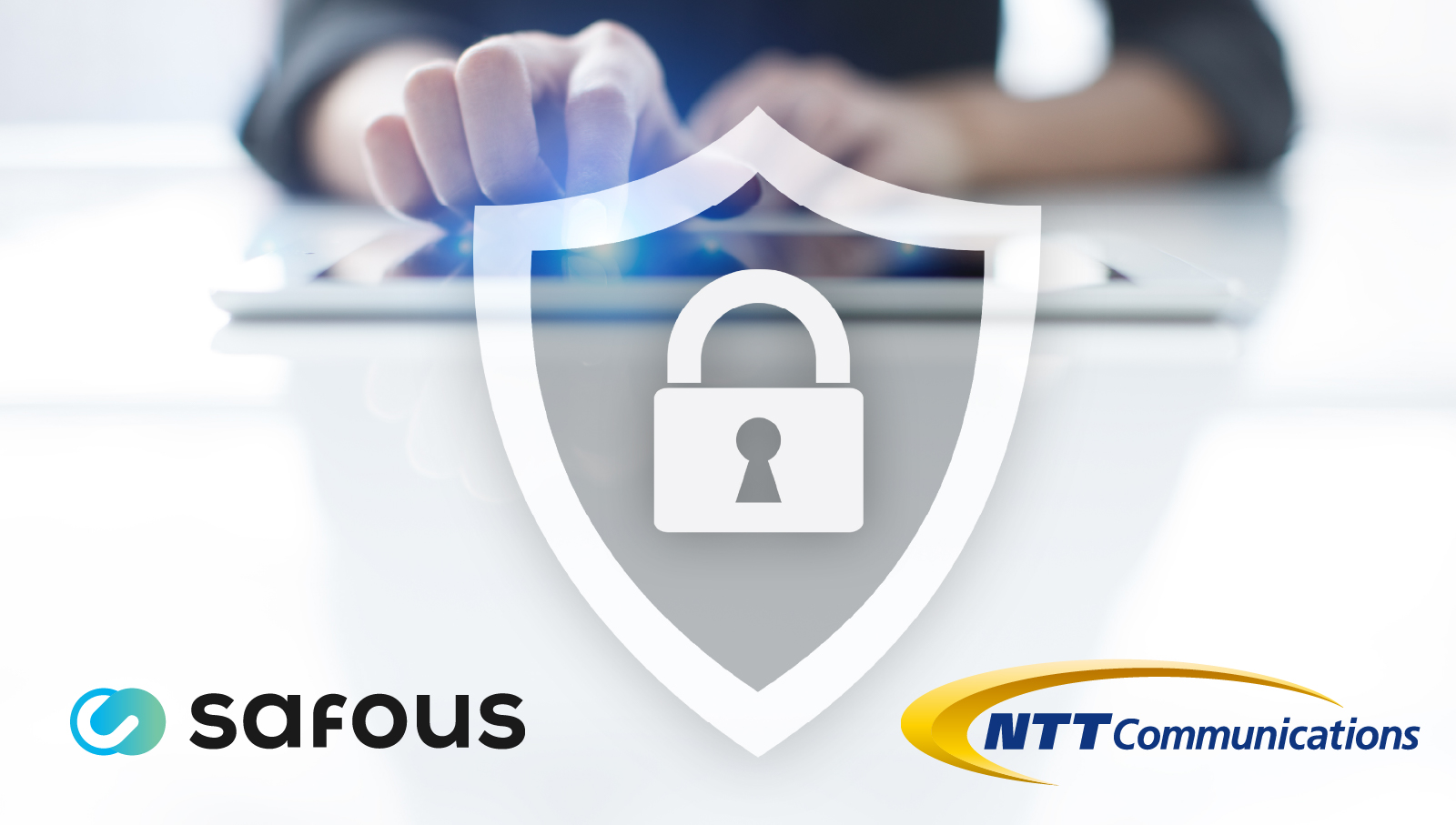Identity is now a primary threat surface, with attackers routinely weaponizing credentials, tokens, API keys, and service accounts to gain a foothold and move throughout critical IT and OT systems. According to Verizon, 68% of breaches in 2024 involved a human element such as phishing or credential misuse, underscoring how important it is to safeguard identity in today's digital environments.1
But identity risk doesn't stop at users. Machine and non-human identities (NHIs) like service accounts, workloads, API keys, and IIoT/OT devices now far outnumber people inside enterprise environments. CyberArk reports that machine identities outnumber humans by more than 80 to 1 – and 50% of organizations say they’ve experienced a breach tied to one.2
In this guide, we'll explain why organizations must safeguard every identity, human and machine alike, and how Safous can help your teams meet this need with unified controls across IT, cloud, and OT.
The Compliance Blind Spot and Why It Persists
Most programs built on legacy identity and access management (IAM) only equate identity with "people." That leaves gaps across common control families like NIST CSF, ISO 27001, and PCI DSS, especially in:
- Discovery & Ownership: Industry analyses repeatedly cite discovery and ownership as the first failure mode for NHI programs,3 but most teams can’t view or track all their service accounts, tokens, bot identities, or device credentials.
- Secret Hygiene: Hard-coded passwords and long-lived tokens are still common in scripts, firmware, and cloud workloads. But because these credentials rarely rotate, they're easy targets for attackers.
- Standing Privileges: Many machine accounts are given broad, persistent access that violates least privilege principles and increases the blast radius when an identity is compromised.
- Session Evidence: Experts have been highlighting limited visibility for NHIs relative to users,4 as machine-to-machine activity often goes unrecorded. Without visibility into automated sessions, it’s difficult to investigate incidents or satisfy compliance audits.
Together, these gaps make it difficult for organizations to enforce their own access policies. While policy may say “least privilege, fully monitored,” the practice often leaves non-human identity use unseen and under-controlled.

Real-World Risk Scenarios You Likely Already Have
Many of these identity governance issues exist in real IT and OT environments without teams realizing it. Here are a few common examples:
- CI/CD Key Sprawl: It’s not uncommon for build pipelines to store API keys in plain text or in version-controlled code. When these tokens grant production access, the leaks can lead to massive breaches, which could be why analysts repeatedly tie security incidents to API keys and certificates.5
- Standing Admin Accounts on Shared Machines: Service accounts with persistent admin rights are often found on engineering workstations or in vendor tools. These accounts can be used for lateral movement, especially when no MFA or session controls are in place.
- Over-Permissioned Cloud Workloads: Gartner warns on unmanaged keys,6 as ephemeral instances may inherit over-permissive roles and create data exfiltration paths that bypass MFA.
- Unmanaged IIoT Gateways: Embedded credentials in IIoT and OT systems rarely rotate. If a vendor portal is compromised, attackers can use those credentials to access the wider manufacturing environment without detection.
Both human and machine identities can become entry points, which is why they must be governed together.
Safous: Zero Trust Governance for Every Identity
Safous helps organizations extend Zero Trust principles beyond humans to all identities, delivering a single system of control and proof. Here’s how:
Centralized Credential Vaulting and Rotation
Safous stores all service accounts, API keys, workload tokens, device passwords, and certificates in a secure vault. Automated rotation policies eliminate hard-coded secrets, reducing the risk of credential theft and addressing Gartner’s “unmanaged secrets expand the surface” risk.6
Policy-Based Access With JIT/JEA
Safous replaces always-on privileges with just-in-time (JIT) and just-enough access (JEA) grants. These policies apply to both users and machines, ensuring access is limited to what’s needed and only when it’s needed.
Full Session Recording and Audit Trails
Privileged sessions are monitored and recorded – including those initiated by automated tools, bots, and pipelines. This provides verifiable evidence for audits and supports faster investigations when issues arise.
Unified Visibility Across IT, OT, and Cloud
Safous provides a single control plane for managing access across Active Directory, cloud services, Kubernetes, OT systems like HMIs and PLCs, and third-party portals to enforce consistent governance across diverse environments.
Built-In Compliance Support
Safous generates evidence for key standards like ISO/IEC 27001, NIST CSF, and PCI DSS v4 controls, enabling teams to easily prove who accessed what, when, under which policy, and whether the session was approved or recorded.
How Safous Strengthens Identity Governance
When credentials are stolen – as often happens through phishing or supply chain exposure – Safous provides the visibility and tools needed to stop full-scale breaches without impacting operational efficiency.

What does this mean for your organization? Fewer unmanaged credentials, faster investigations, and stronger audit readiness.
6 Steps to Implement Unified Identity Governance
Ready to secure human and machine identities across your organizations? Follow these best practices to get started:
1. Discover and Assign Ownership
Start by building a complete inventory of users, service accounts, tokens, bots, and devices. Every identity should have a named owner responsible for its access and behavior.
2. Remove Standing Admin Access
Review all privileges and remove persistent admin rights. Use JIT and JEA policies to grant access dynamically and only for specific tasks.
3. Secure and Rotate Secrets
Move every credential into a vault and apply automated rotation and expiry policies.
4. Record Every Privileged Session
Every privileged session should be logged and available for review, whether initiated by a user or a machine. Recording helps satisfy compliance and accelerates incident response.
5. Extend to OT Environments
NHIs drive machine-to-machine operations in OT environments, so make sure to govern vendor tool access, HMIs/PLCs, and gateways under the same policy.
6. Continuously Monitor and Refine
Use analytics to detect unusual behavior, retire unused accounts, and refine access policies over time.
Secure Every Identity With Safous
The data is clear: both human and machine identities are at the center of modern attack strategies. Identity misuse is now one of the most common ways attackers gain access to systems – and machine identities are multiplying faster than governance can keep up.1
With Safous, you can apply Zero Trust governance to every identity. Our agentless platform lets you vault secrets, remove standing privileges, verify access in real time, and record all privileged activity from one centralized portal, so you can shrink your attack surface and prove compliance without slowing down your business.
Ready to see how Safous can help you manage human and machine access across IT, cloud, and OT environments? Contact us for a demo today.
Sources:
- https://www.verizon.com/business/resources/reports/2024-dbir-data-breach-investigations-report.pdf
- https://www.cyberark.com/press/machine-identities-outnumber-humans-by-more-than-80-to-1-new-report-exposes-the-exponential-threats-of-fragmented-identity-security
- https://www.itpro.com/security/non-human-identities-are-we-sleepwalking-into-a-security-crisis
- https://www.darkreading.com/identity-access-management-security/vendors-attackers-chase-potential-of-non-human-identities
- https://www.cyberark.com/CyberArk-2025-state-of-machine-identity-security-report.pdf
- https://www.gartner.com/en/newsroom/press-releases/2025-03-03-gartner-identifiesthe-top-cybersecurity-trends-for-2025
Receive the latest news, events, webcasts and special offers!
Share this
You May Also Like
These Related Stories

IAM, ZTA, and PAM: How Identity and Access Management Fits into Security

Infographic: 5 Reasons For A Cyber Security Risk Assessment


